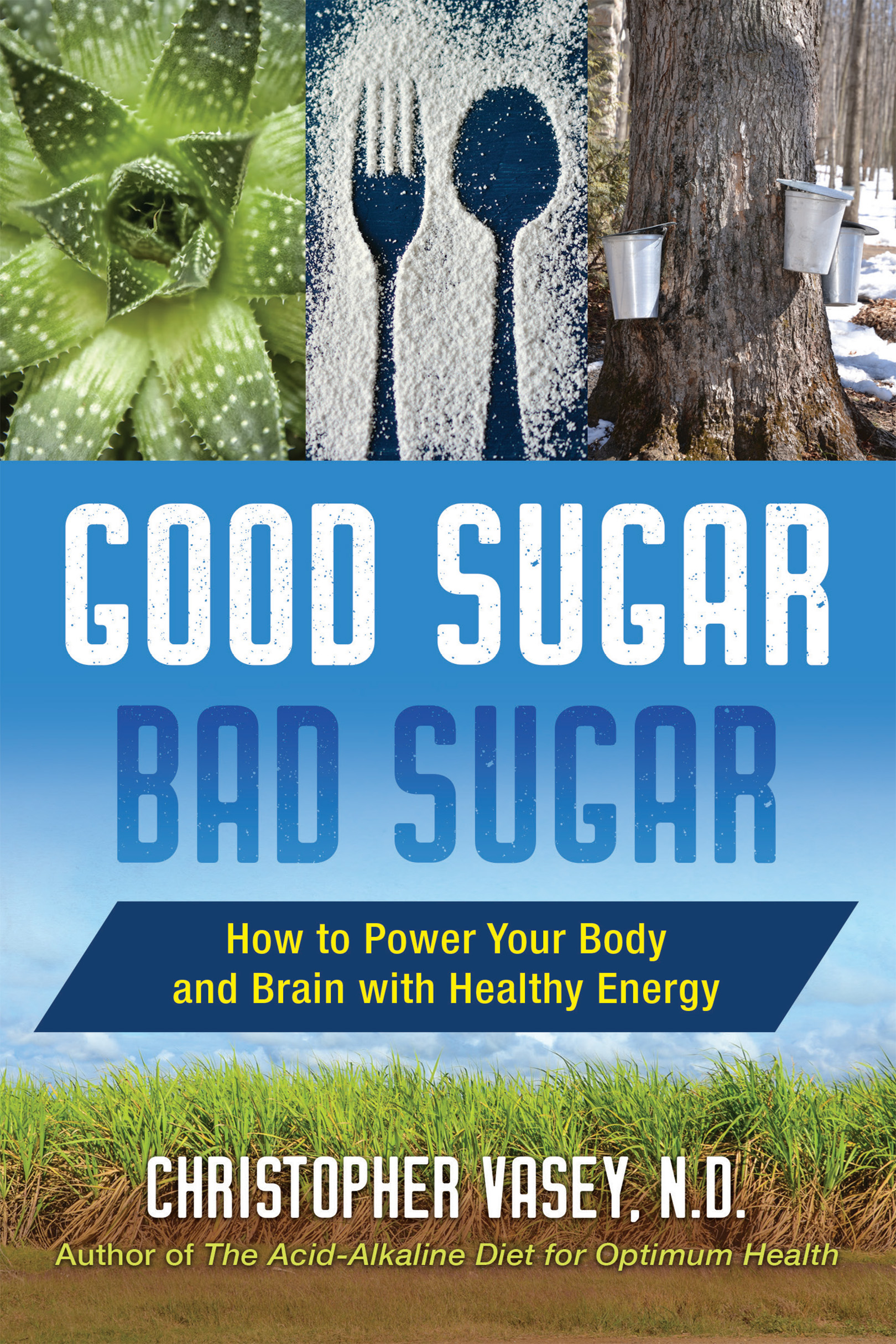
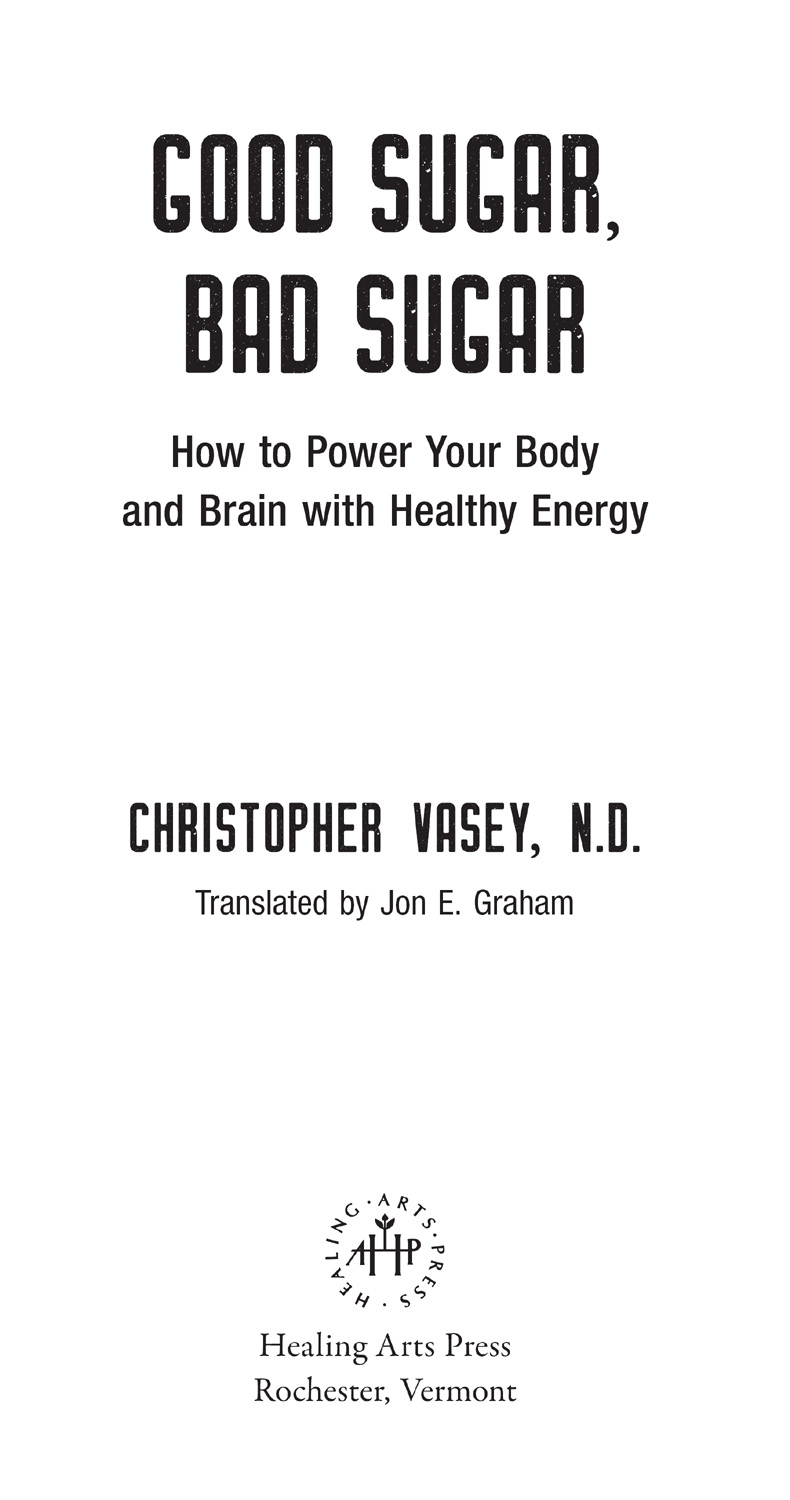
INTRODUCTION
Sugar is one of the most valuable nutritive substances for the human body, as it supplies the body with the fuel it needs to function properly. Every motor requires a specific fuel in order to run: gas or electricity for automobiles, electricity for the vacuum cleaner, coal for a steam locomotive, and so on. Our organic motorour physical bodyis no exception to this rule, and its fuel is sugar. When it is burned in the cells, sugar provides the body with the essential energy it needs to successfully carry out its various tasks.
Sugar is, therefore, beneficial for the body. But we often hear of its many harmful effects: it attacks tooth enamel and causes cavities, it leads to weight gain, it causes diabetes, and so on.
How can a substance be both beneficial and harmful at the same time? In fact, there are good and bad forms of sugar. The good sugars are the ones offered by nature in the forms of fruit, honey, grains, and potatoes. The bad sugars are those that are man-made. These include refined white sugar; refined starches, such as all-purpose flour, that convert to sugar in the body; and all the food products that are based on them: candies, soft drinks, chocolate, white bread, white-flour pasta, and so on.
People in the Western world consume vast quantities of bad sugars. As a result, there are numerous health problems, yet unaware of the source of their problems, the unwell and the sick continue to ingest the very sugars that caused their health to decline.
The purpose of this book is to show how these bad sugars have invaded our diet and jeopardized our health, and to offer guidelines for diet correction or improvement. It will explain how to get rid of the bad sugars and what to replace them with, and where to find the good sugars. It will also discuss how to reduce cravings for sweets and ensure optimum results in the bodys production of energy.
All these measures are intended to allow readers to protect themselves against diseases and disorders created by sugar and show them how to take full advantage of a higher level of energyone that will engender enthusiasm and joy in life.
PART 1
Understanding the Harmful Effects of Bad Sugars
For hundreds of thousands of years, human beings have eaten the sugars that nature has provided to them. But over the past two hundred years, humans have been primarily consuming the refined white sugar they manufacture themselves. It just so happens that this sugar causes many of the illnesses that afflict the modern individual. This refined sugar is difficult to metabolize correctlyespecially when eaten in large quantities, as is currently the casebecause it is not in tune with human physiology. Nature never foresaw that our bodies would be using a sugar like this.
THE OVERCONSUMPTION OF REFINED SUGAR

A Brief History
Refined white sugar looks like a real food, but it is not really food. It is what we call a fake food.
FAKE FOODS
Fake foods are edible items that have been produced by humans. They do not have the same characteristics as the true foods that are offered to us by nature, which all consist of a number of different nutrients. Fake foods consist of only an extremely limited number of nutrients, and these are present in amounts that are too little or too great to be effective.
These foods are manufactured using food extracts, which are found in a concentrated form in the fake food. For example, white sugar from sugar beets, refined flour from the starch of grains, and lard from pig fat. Among the fake foods that have a refined sugar base we find white table sugar, candy, jams and jellies, syrups, soft drinks, pastries, and so on, among the myriad other sweets that have been invented by human beings.
The term fake comes from the fact that these so-called foods have almost no nutritional value, and thus are really not fit for consumption as part of a healthy diet. In any case, they are not suitable as substitutes for a real food item in a regular diet because they are not beneficial for the body. They are, to the contrary, quite harmful to physical health. They have a high calorie count but are extremely low in vitamins, minerals, and so on, and their often-abundant calories are empty calories. Their sole contribution is energy without any of the valuable nutrients the body needs, and which can be found in all the foods that nature provides.
 Good to Know
Good to Know
The purpose behind the manufacture of fake foods is not to contribute to the health of the people who consume them but is entirely commercial for profit. For example, refined sugar is easy to produce in large quantities at a low price. Its white color makes it attractive, it keeps well, and it has a flavor that answers the desires of the consumer.
REFINED SUGAR: A SUPERCONCENTRATED PRODUCT
Refined sugar is a fake food composed of 99.6 percent sucrose. No real food provided by nature has such a high concentration of solids. Even foods that have the highest contents of dry matter, such as beans and other leguminous plants, still contain around 10 percent water. Refined sugar, in contrast, has only 0.4 percent water content. Furthermore, the solid materials of real food, its components, are of different types. Soy, for example, contains 29.9 percent carbohydrates, 18.1 percent lipids, 35 percent proteins, 5 percent cellulose, and 3.3 percent minerals and vitamins. Refined white sugar, meanwhile, contains only one single component: sugar in the form of sucrose (with several extremely insignificant traces of minerals).
Honey, which is the sweetest natural food, has a 77.2 percent sugar content. Honey is a food that can be consumed only in modest amounts, however, because nature offers limited quantities of it. The complete opposite is true of white sugar, which is available in abundant quantities.
Among the other sugary foods provided by nature, fresh fruits contain an average sugar content of around 12 percent, with the lowest content found in strawberries (7.7 percent) and the highest content found in figs and grapes (16.6 percent). Dried fruits obviously contain a noticeably higher sugar content because fresh fruits become more concentrated when their water content is removed. The average sugar content of dried fruits is more than 60 percent. The sugar content for dried pears is 62.5 percent, while that of dried prunes and raisins is about 69.7 percent.
Sweet vegetables have a much lower sugar content than fruits. Red beets and carrots have around 8.4 percent while the sugar content of a raw onion is about 9.8 percent. One exception is the sweet potato; its sugar content is 26 percent.
Although many foods provided by nature contain sugar, they all have other components and none are as concentrated as white sugar.
WHITE SUGAR IS DIFFICULT TO METABOLIZE
Because nature has never made any allowances for white sugar being introduced into the human body, our bodies perceive this substance as foreign and dangerous. When high quantities of sugar are consumed, the body immediately reacts with signs of aggression and intolerance. This is not something that happens with normal foods. This is why volunteers who ingested 150 grams of white sugar at one time during experiments experienced accelerated pulse rate, rising blood pressure, and flushed faces. Their urine contained sugar (glycosuria), which is normally not the case. This defensive reaction only occurred because it was white sugar. Such a response does not take place at all following consumption of unrefined sugars.
Next page

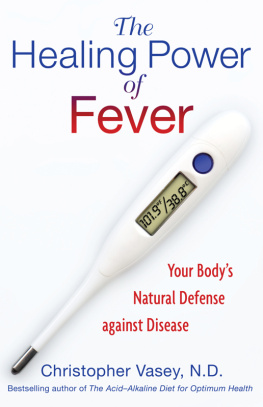



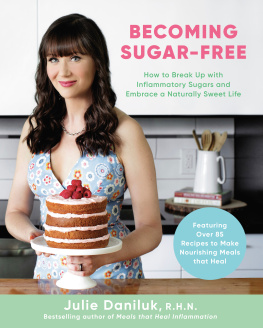
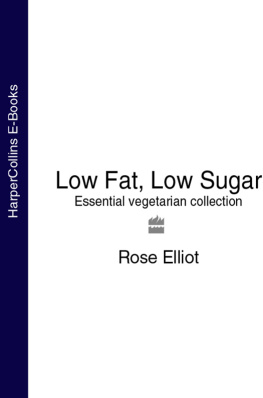


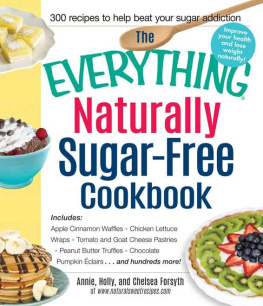
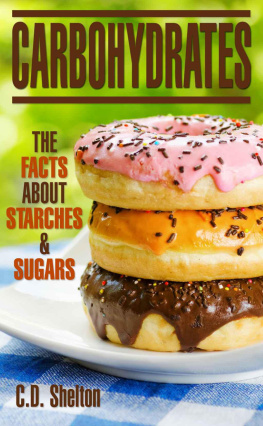



 Good to Know
Good to Know